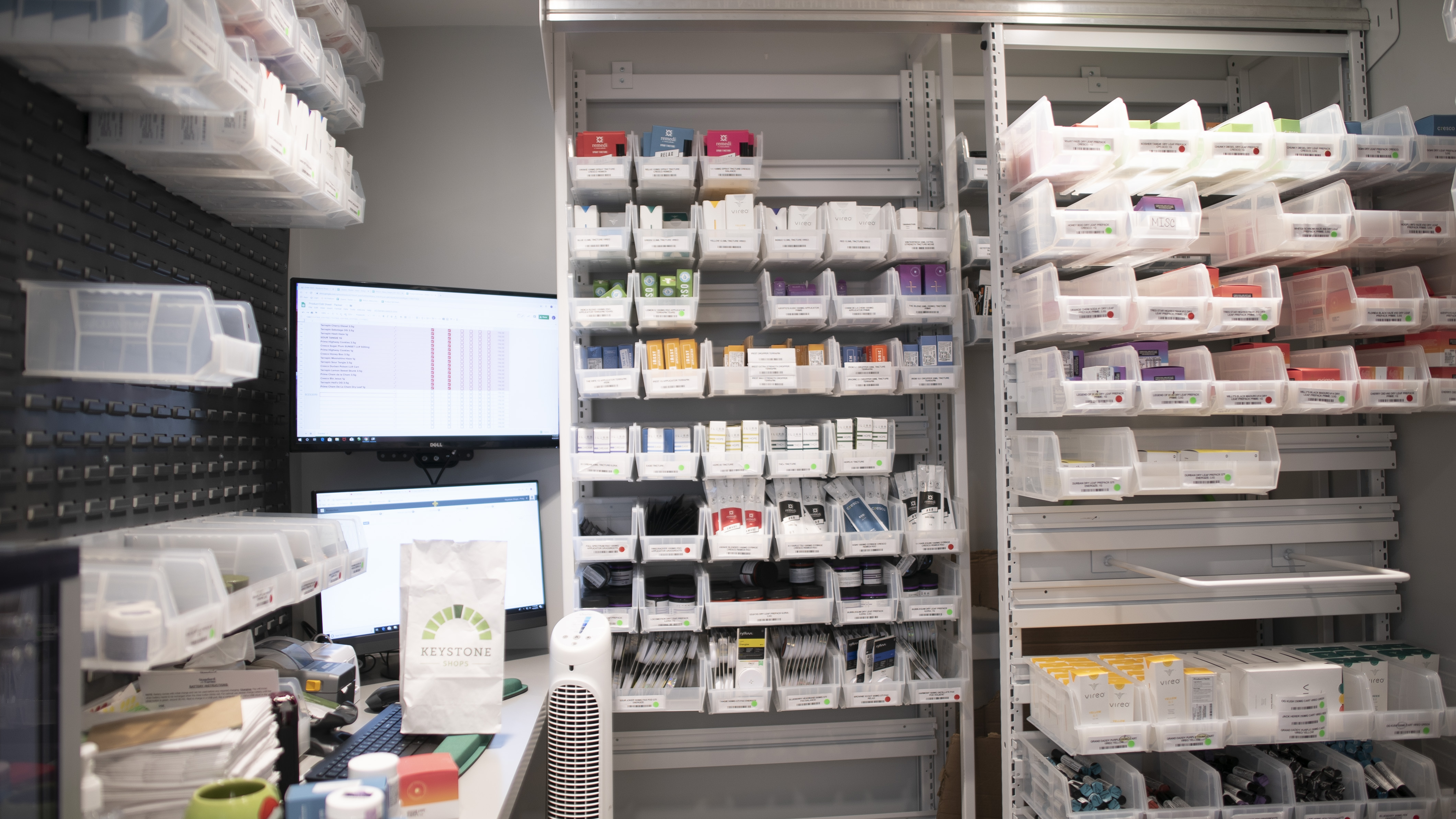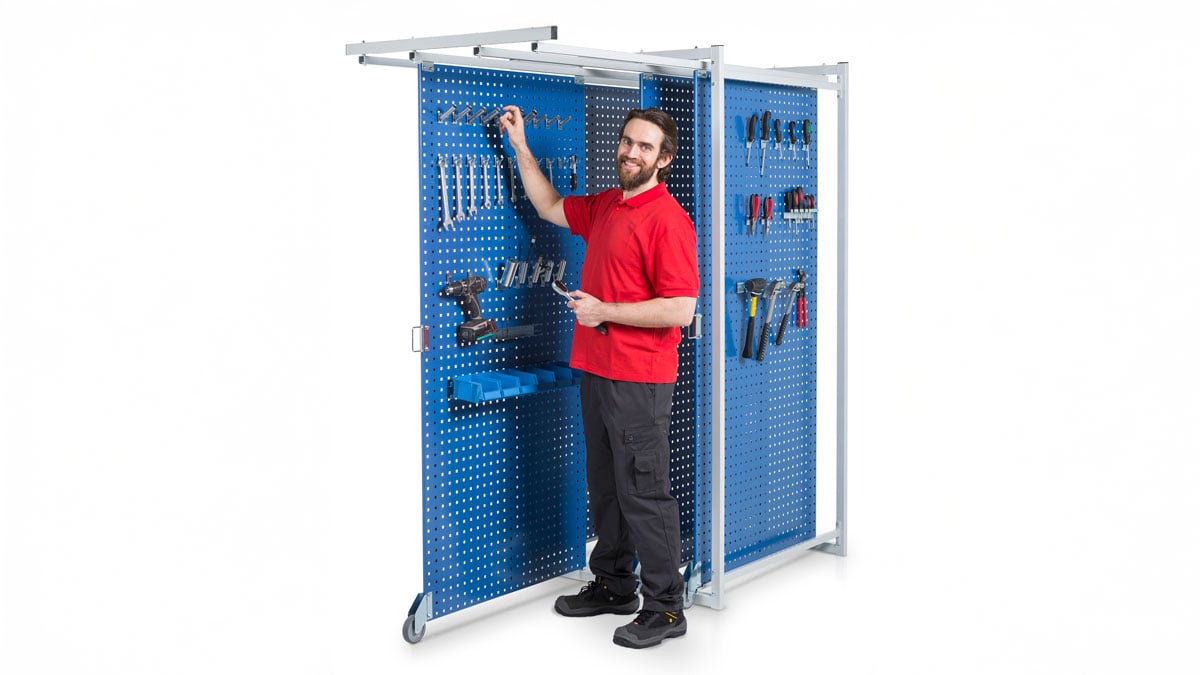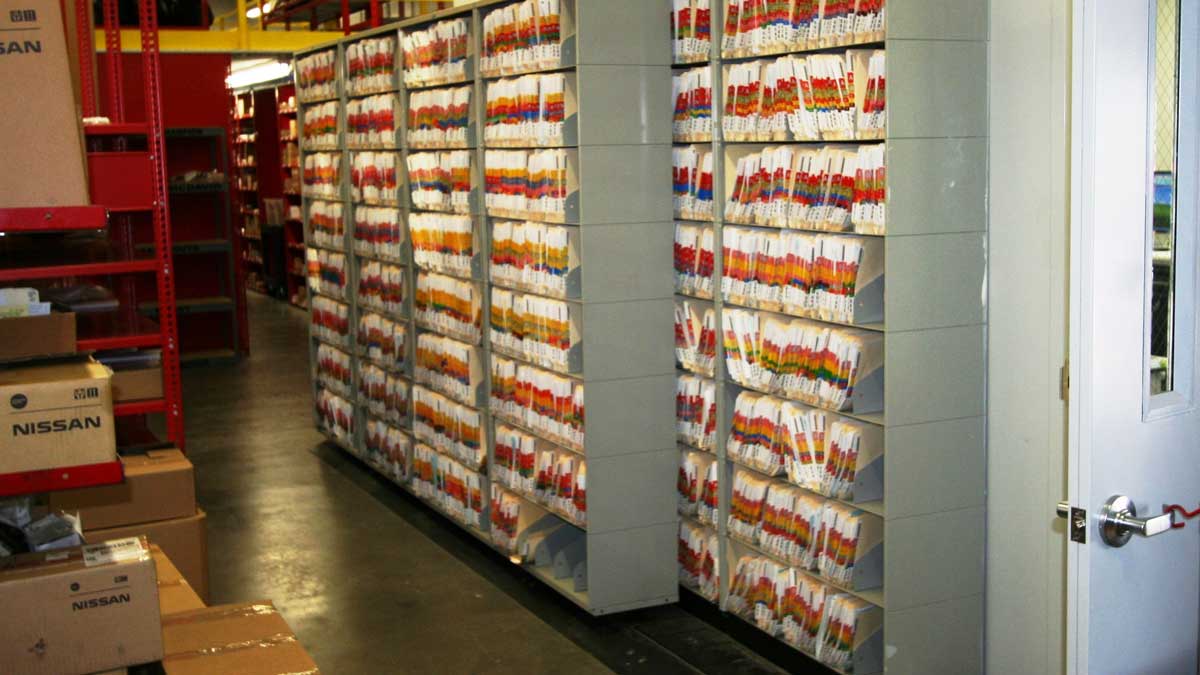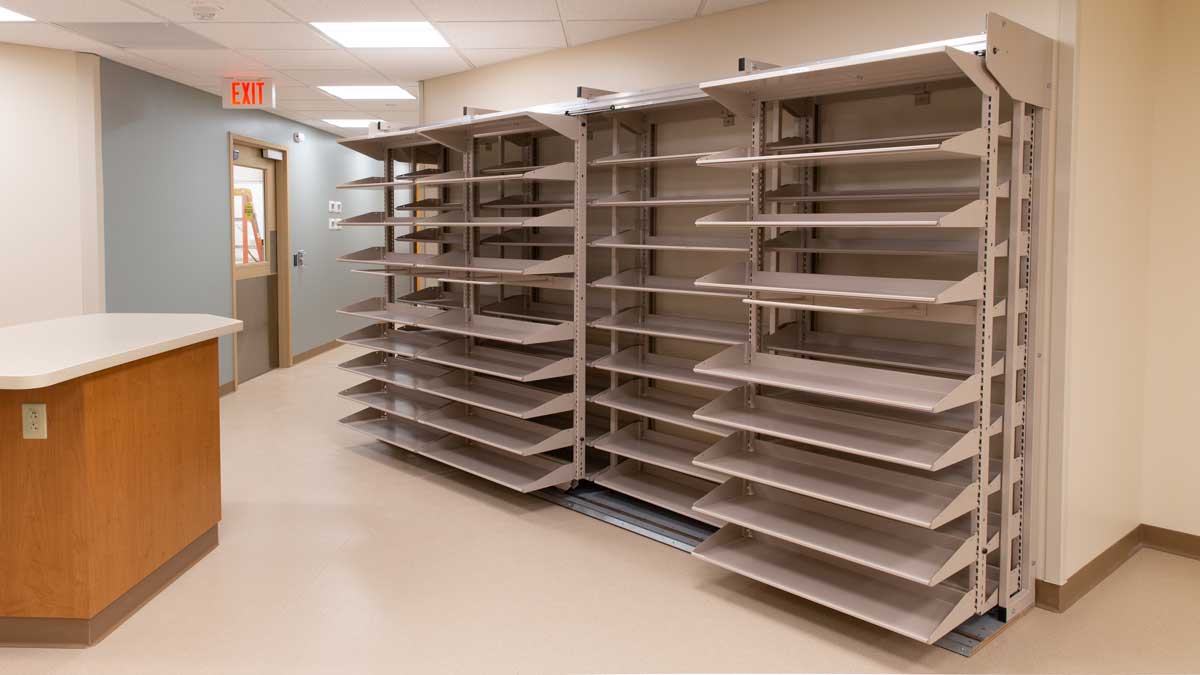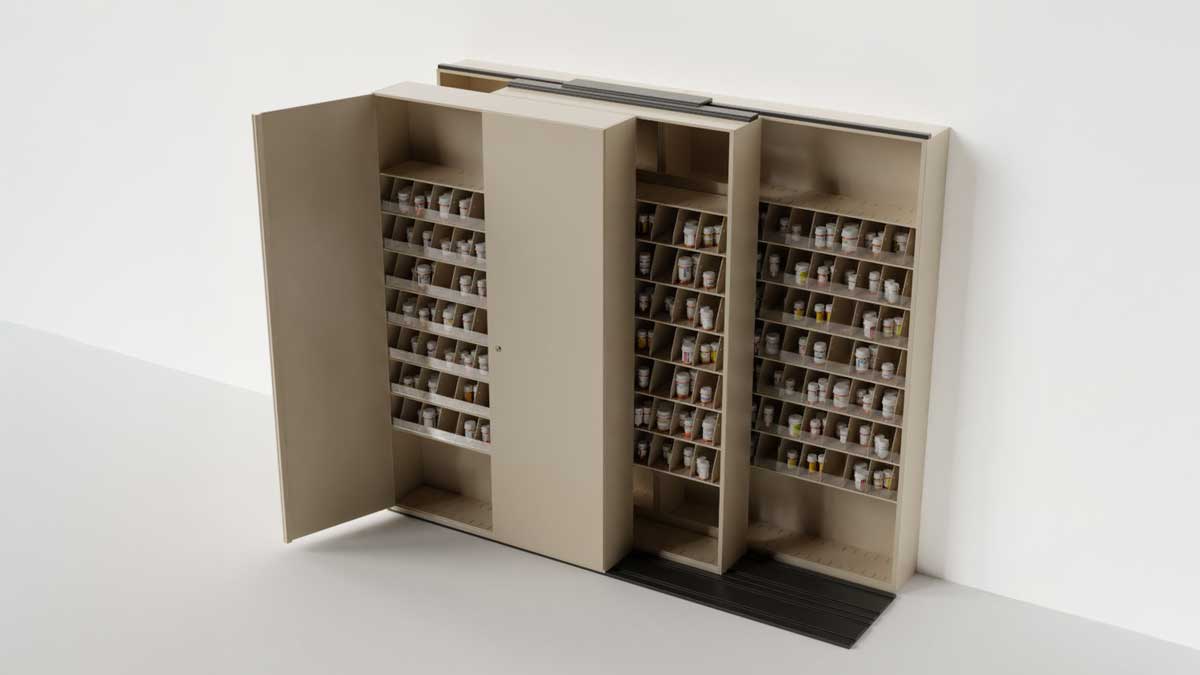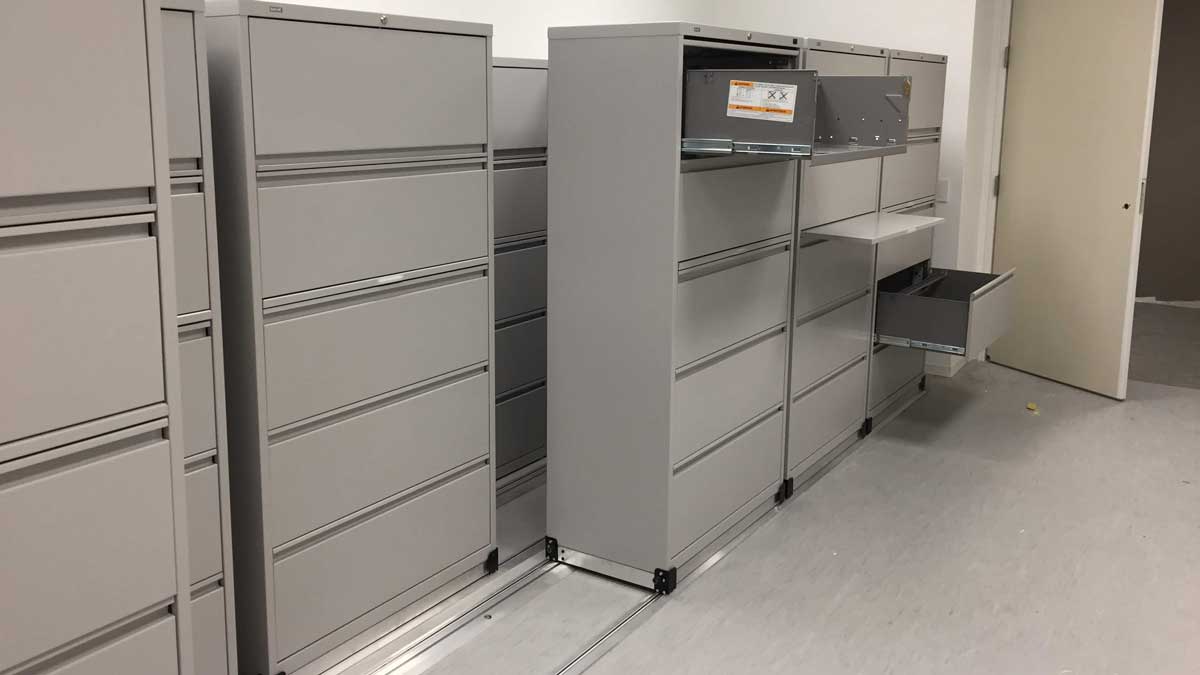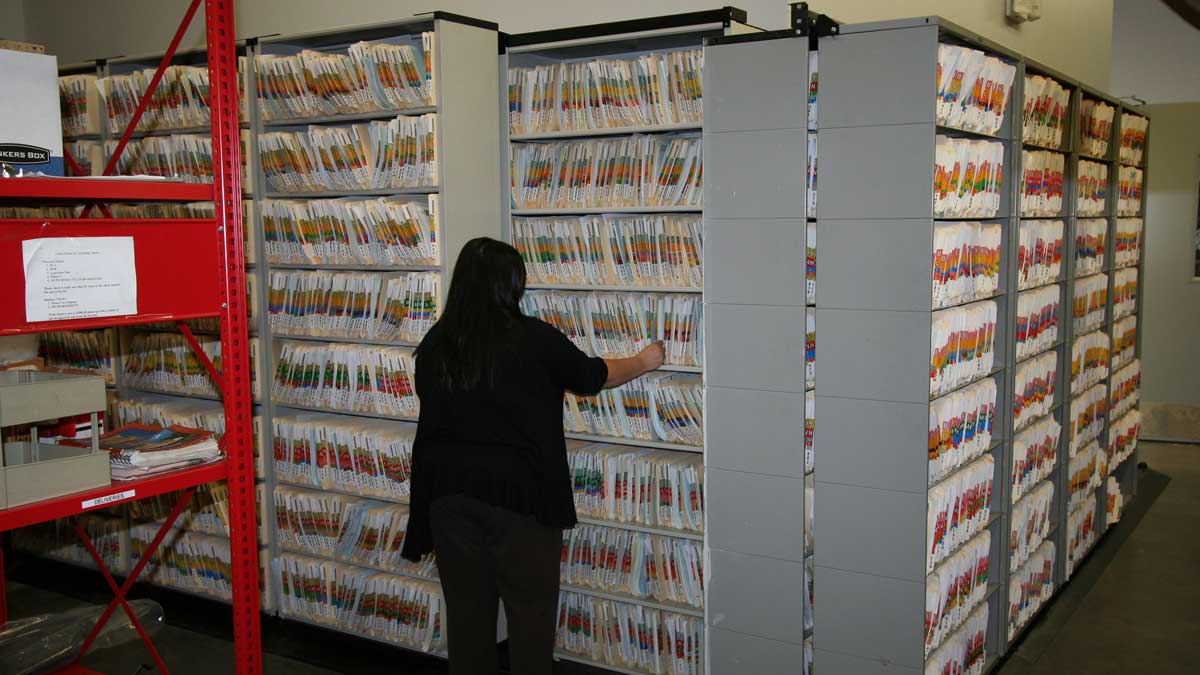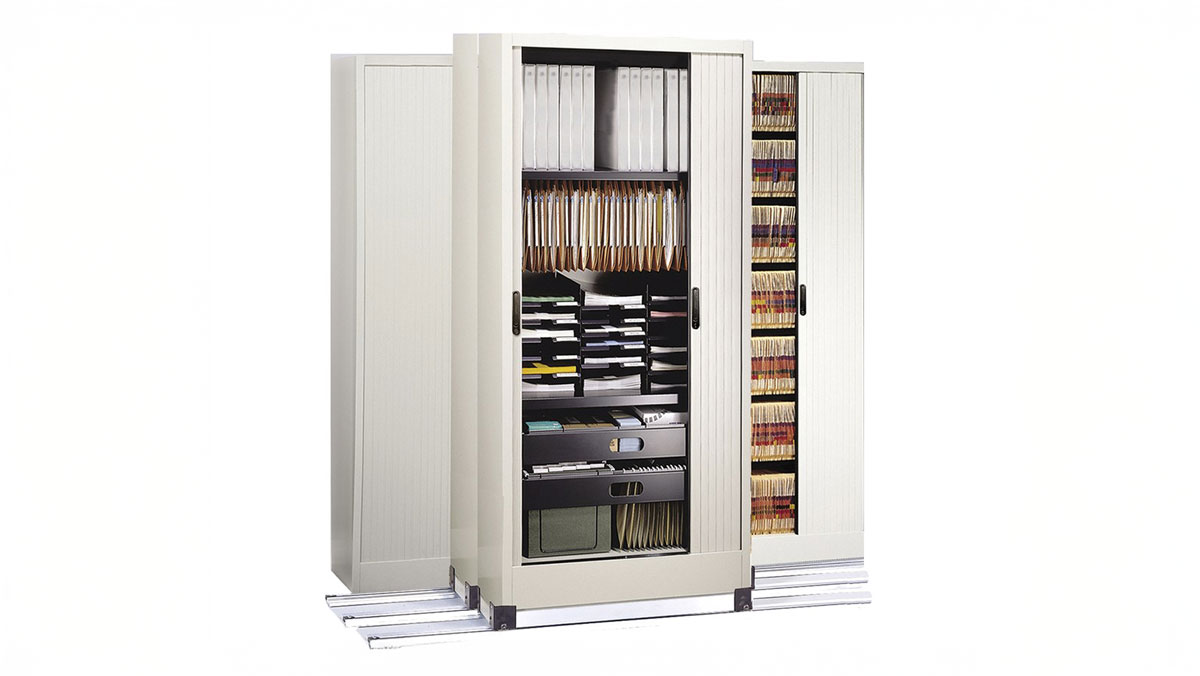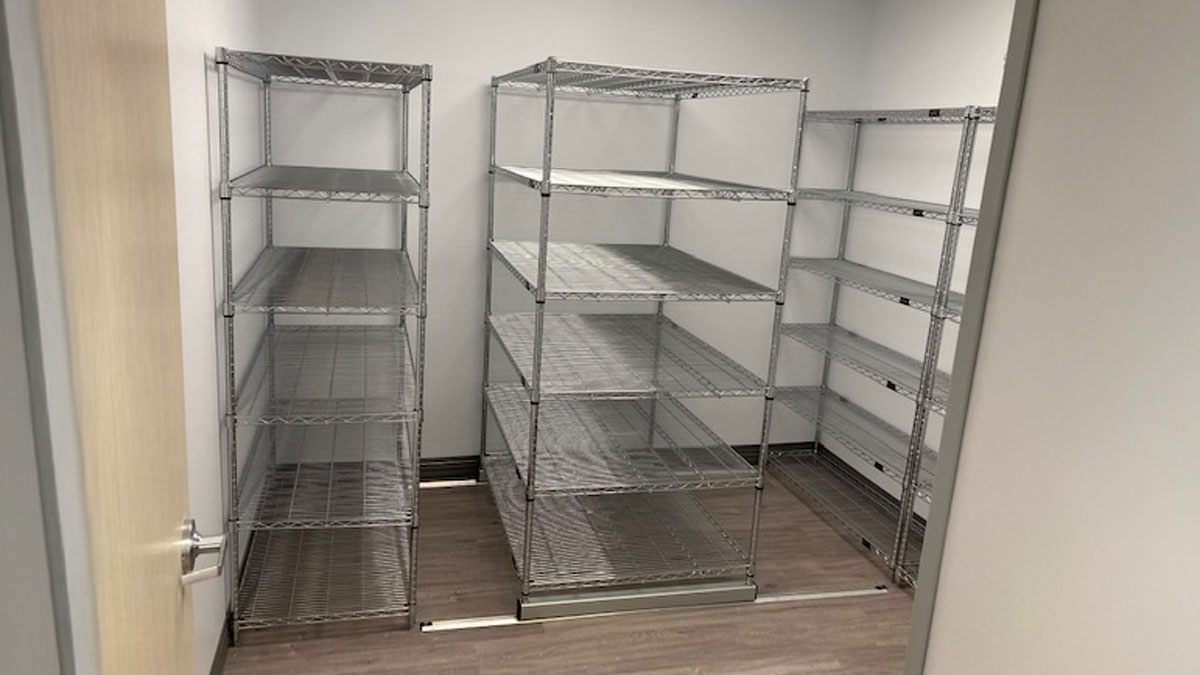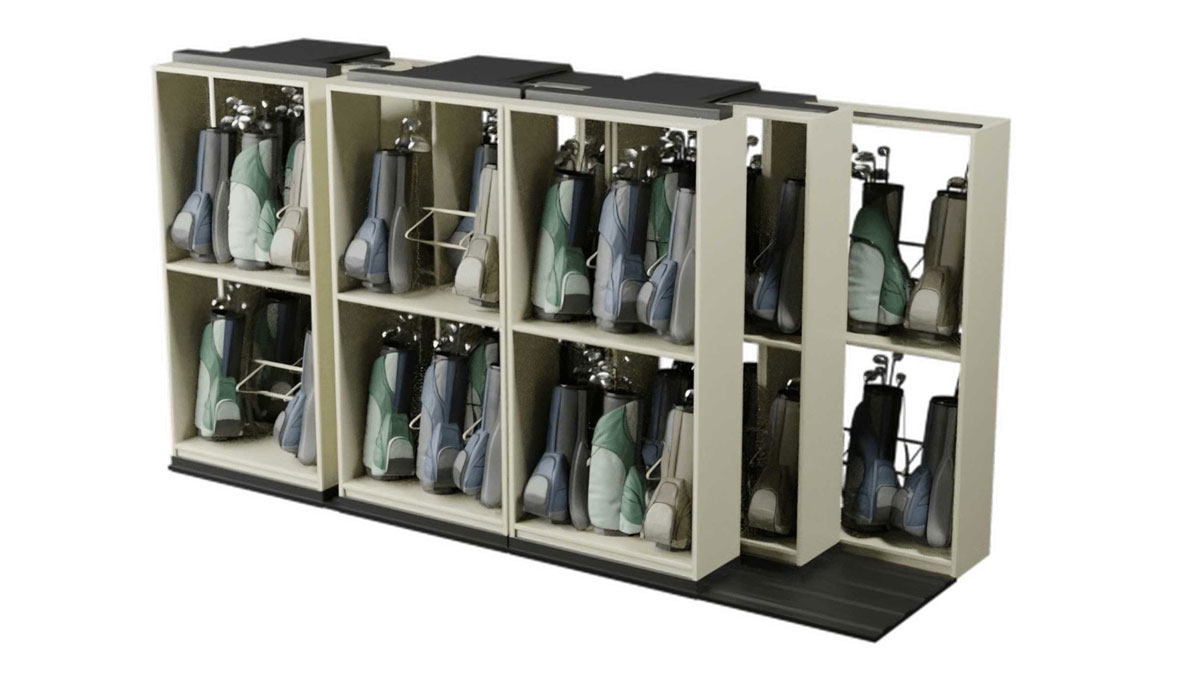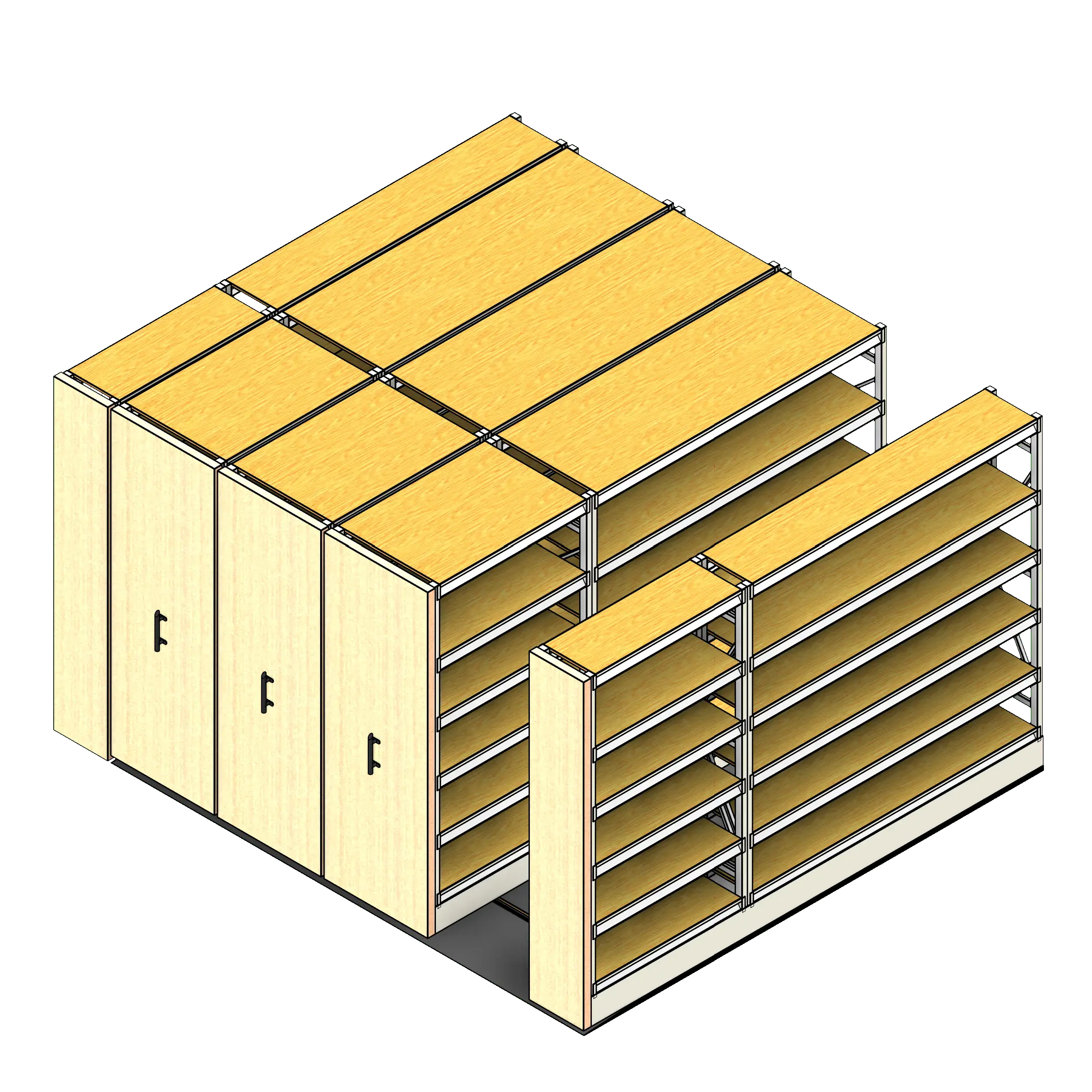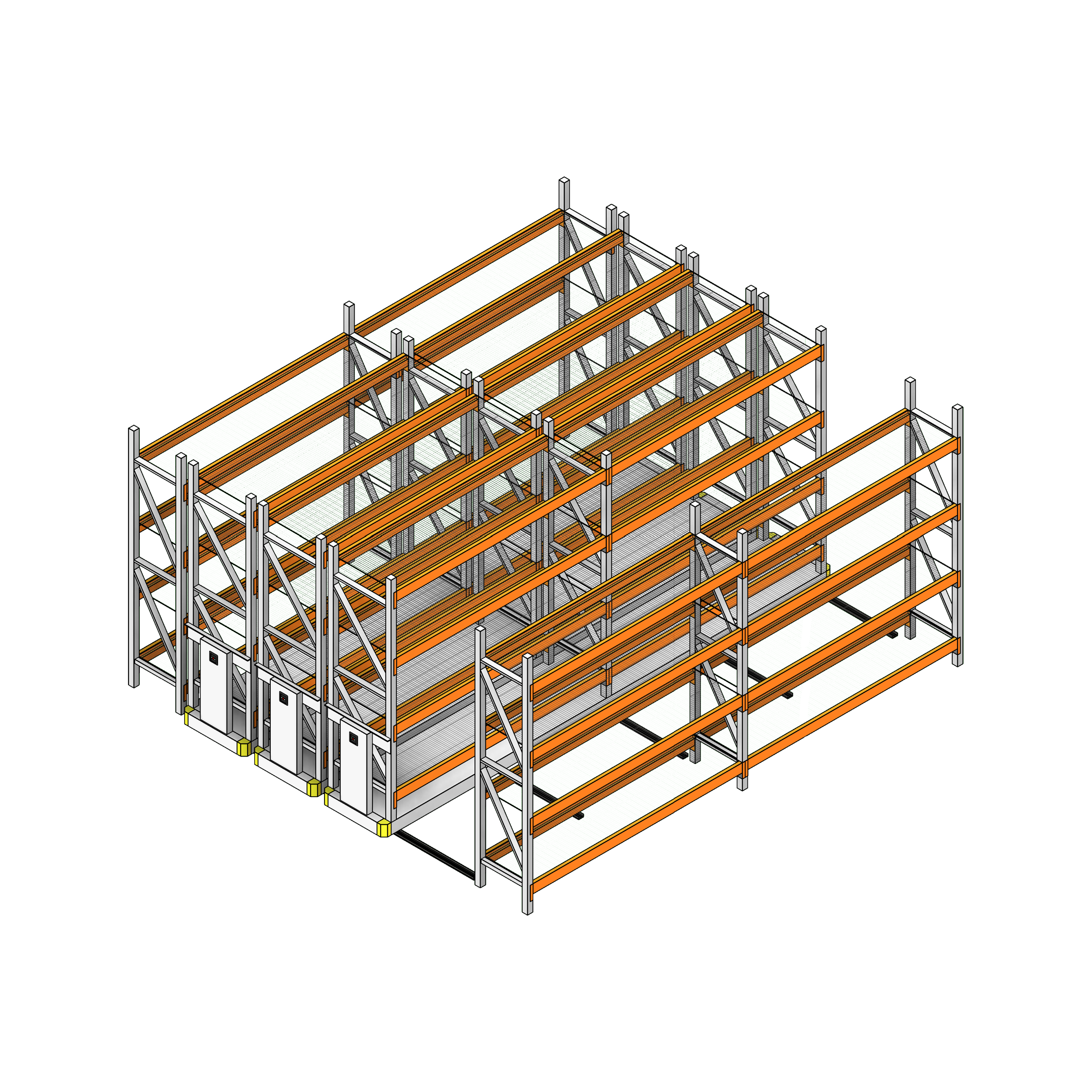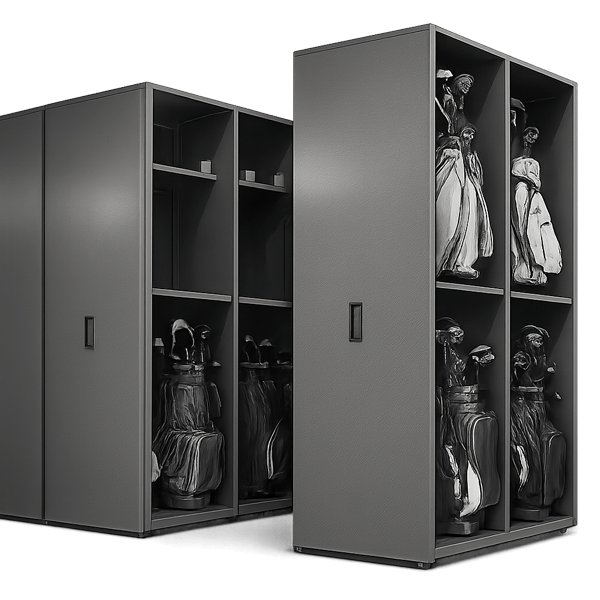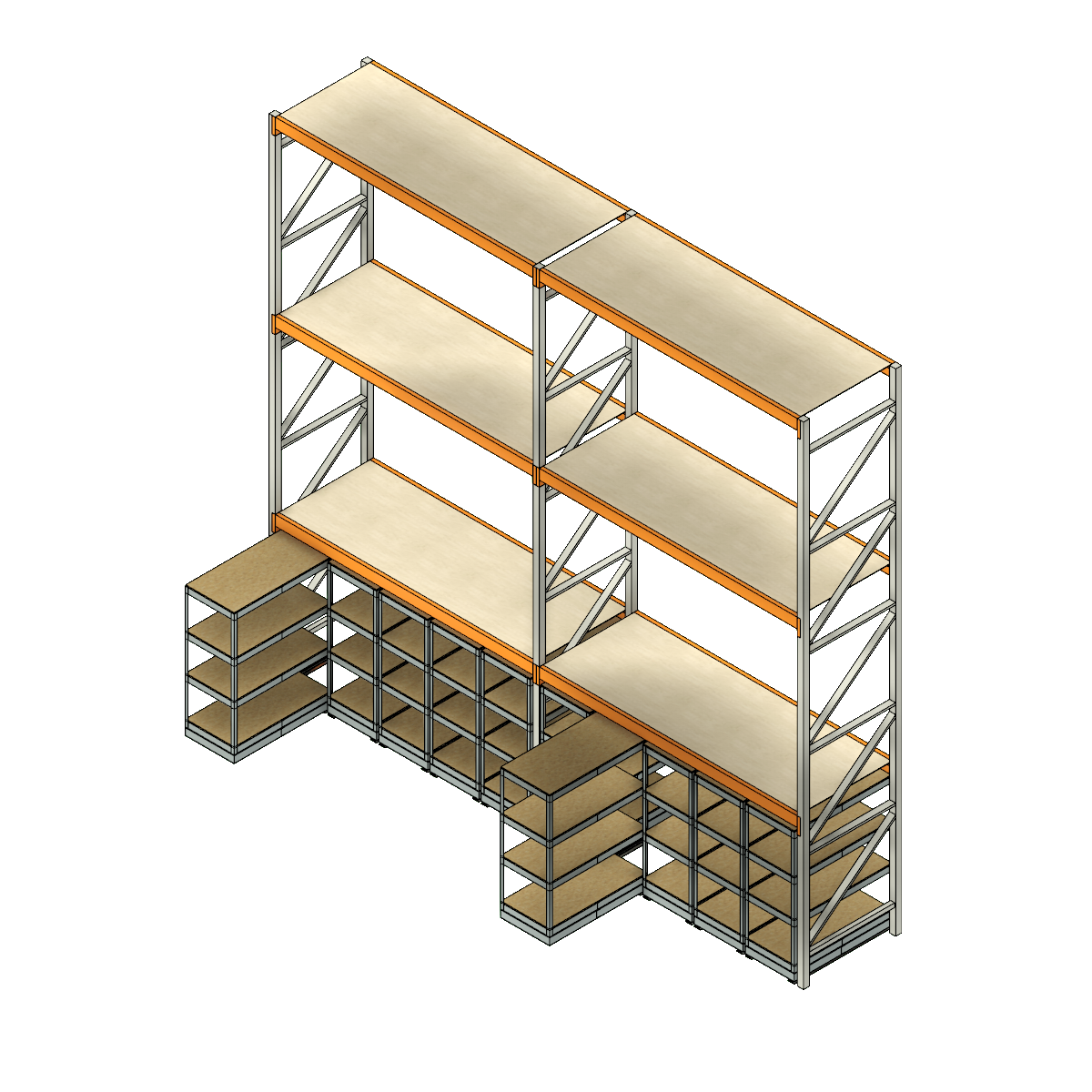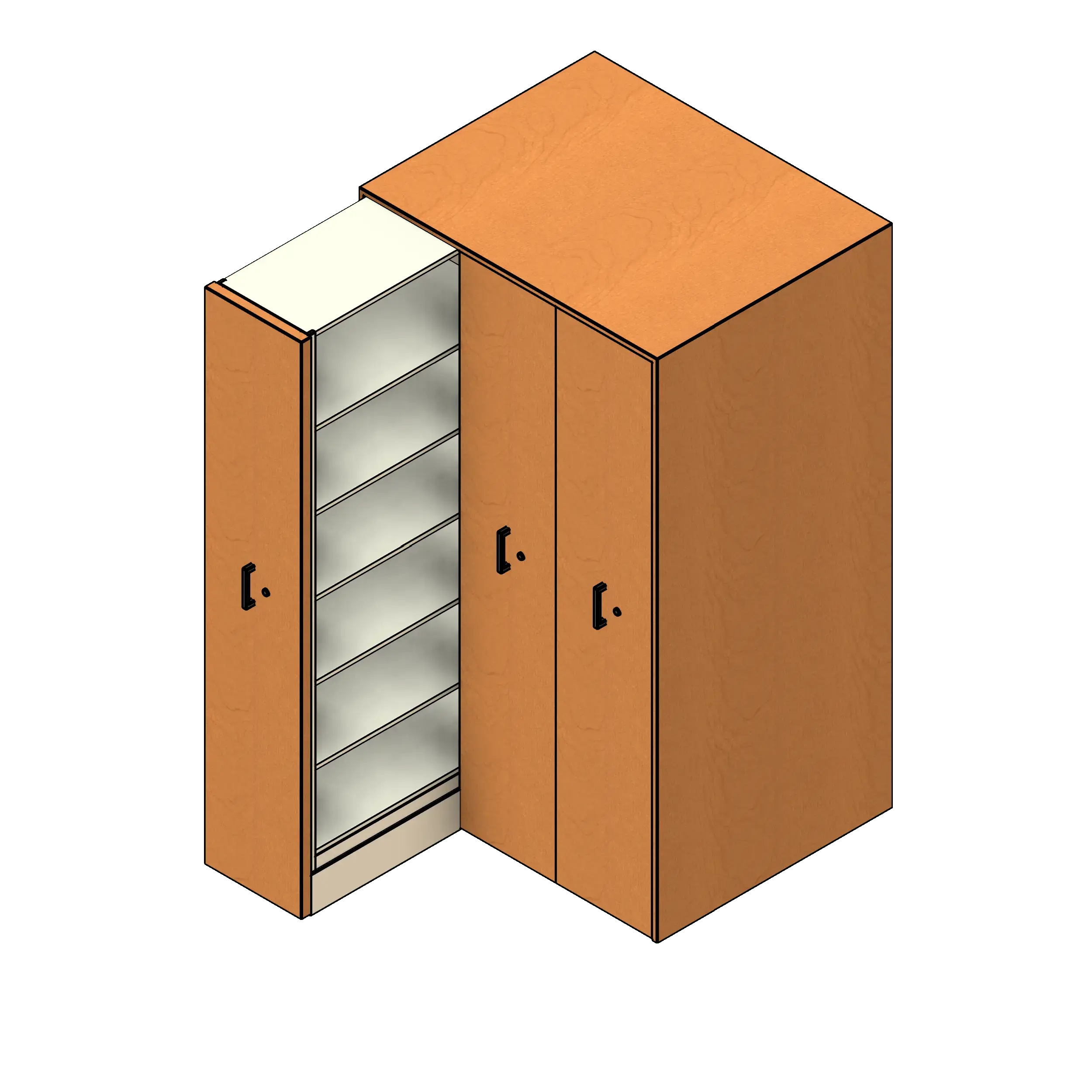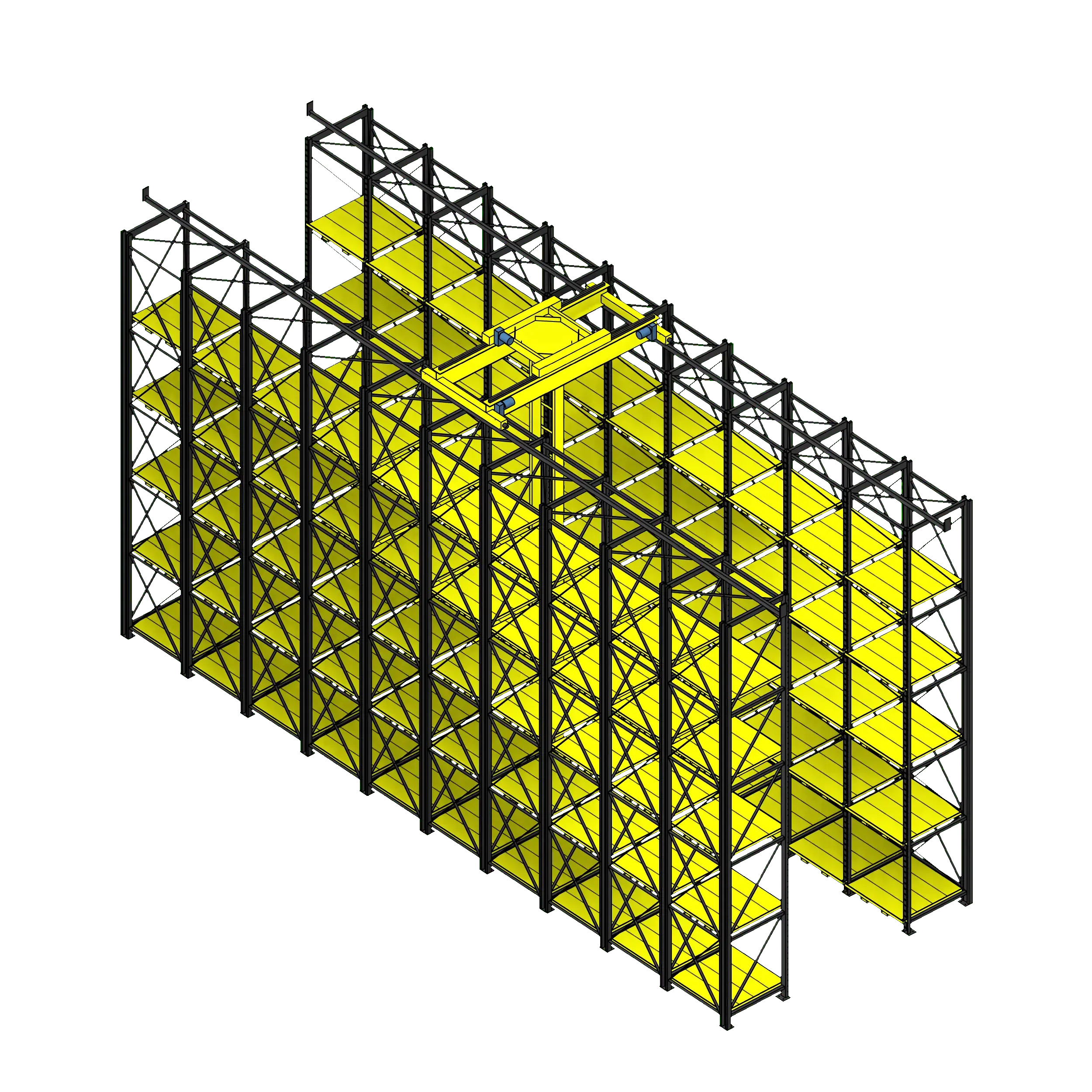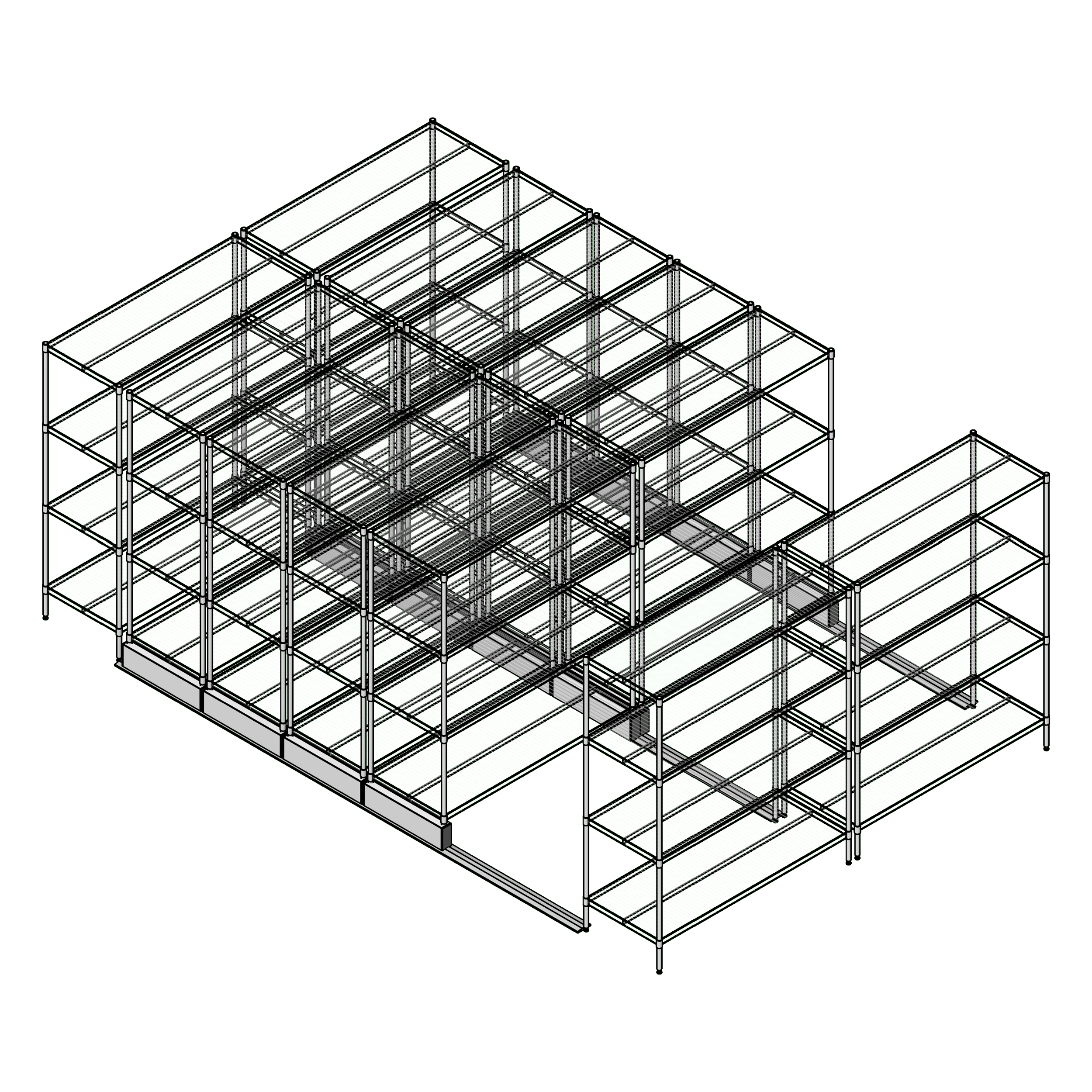Sliding Storage Shelves That Save Space
Sliding storage shelves condense aisles and boost capacity, helping you store more in the same footprint without sacrificing access. From law firms and offices to clinics, museums, and maintenance shops, these high‑density sliding shelving systems organize files, supplies, tools, and collections with smooth, reliable movement. These sliding file cabinet systems—also known as bifile or sliding lateral file cabinets—move on floor tracks to condense aisles and create efficient, high-density office filing layouts. Each installation is planned to fit your space, workflow, and growth—complete with finish options, labeling, and security accessories. Browse case examples below to see how sliding storage shelves solve common challenges. Need drawings? Download our Revit families, or talk with our specialists to configure a system that meets your goals. Request a free consultation to get space plans, pricing, and a fast path to implementation.
Key Facts
- Space savings: Typically 30–50% vs. fixed aisles
- Track types: floor-mounted or cabinet-integrated
- Use cases: offices, clinics, archives, industrial parts
- Load options: light, medium, heavy‑duty shelves and trays
- Expansion: modular components scale with growth

How Sliding Shelving Works
Unlike traditional shelving that requires dedicated aisle space, sliding shelves move on floor or cabinet-mounted tracks. By eliminating fixed aisles, these systems dramatically increase storage capacity without expanding your footprint. Many organizations use this same track-based layout for sliding filing cabinets or rolling filing cabinet systems, offering flexible access without cluttered aisles.
Features include:
- Side-to-side or back-to-front shelf movement
- Fits in tight spaces and narrow rooms
- Easy access without cluttered pathways
Flexible Options for Every Environment
Sliding storage shelves and rolling shelves on tracks adapt to offices, pharmacies, warehouses, and archives. Each sliding storage rack system can be configured with vertical sliders, integrated cabinets, or industrial-strength shelves. These sliding rack storage systems create compact layouts that eliminate unnecessary access aisles and save floorspace.
Features Include:
- Full-extension sliding drawers or trays
- Options for light, medium, or heavy-duty use
- Vertical or horizontal orientation available
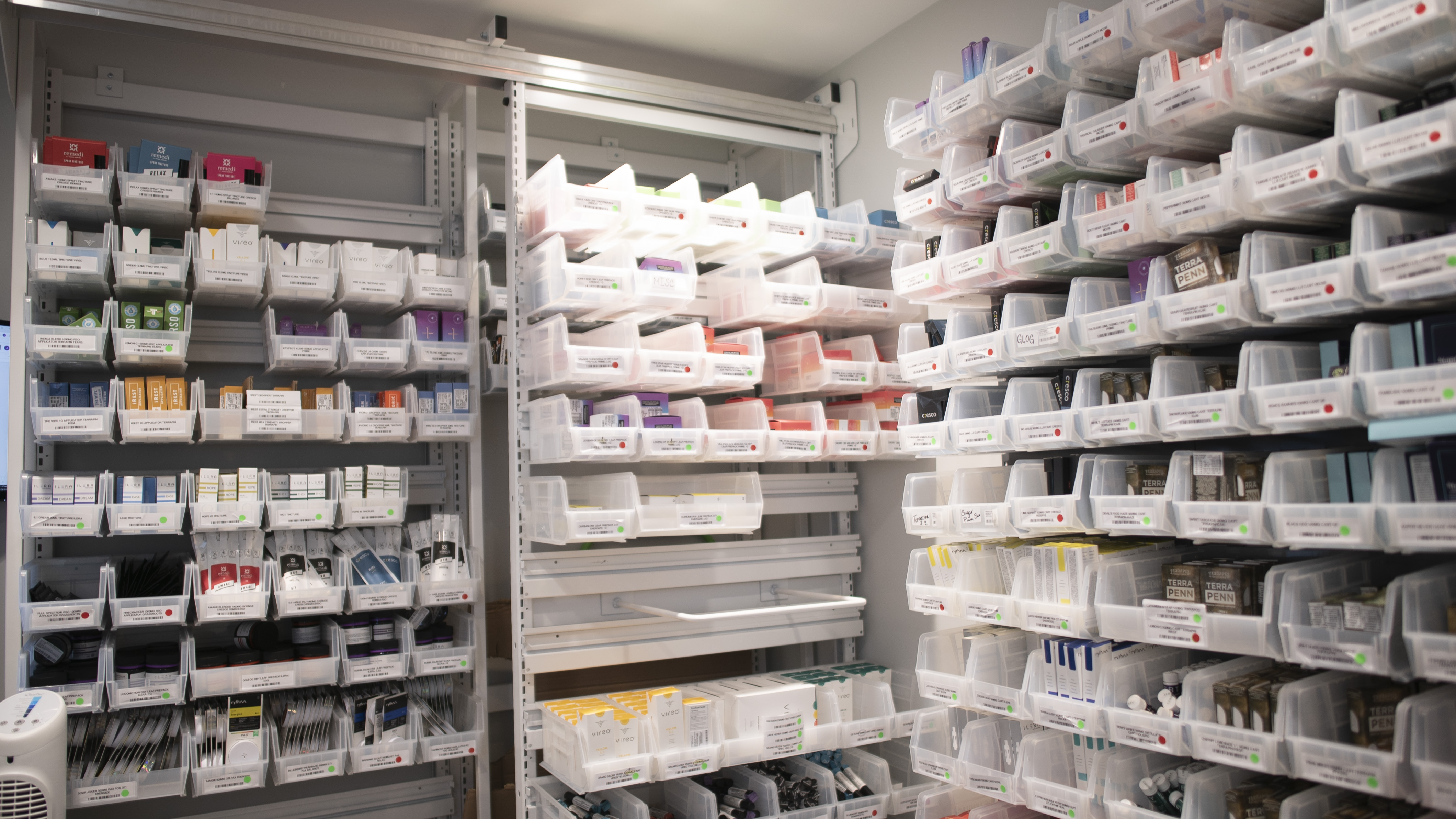
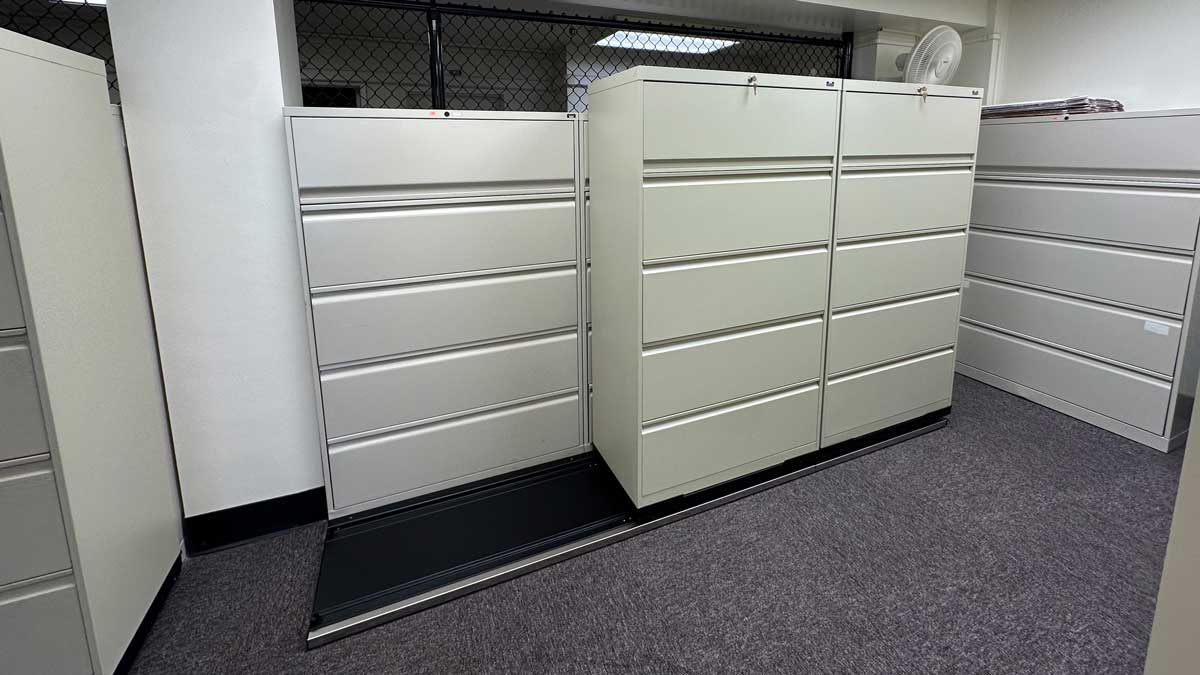
Designed to Save Time and Space
Sliding storage shelves improve density and streamline access, reducing search times in crowded environments. With rolling shelves and rolling file shelves on tracks, facilities gain high capacity storage on rails that eliminates wasted space. Each sliding tracked storage system on rails is modular, expandable, and designed to save floorspace as storage needs grow.
Features Include:- High-density designs increase cubic storage per square foot
- Compatible with labels, bins, trays, and file systems
- Smooth-glide mechanics for frequent use areas
How Sliding Storage Shelves on Rails Work
Maximize capacity with sliding storage shelves that glide on rail-mounted carriages. These rolling shelves on tracks remove fixed aisles, creating a compact sliding storage rack system that boosts density while keeping inventory accessible.
Features Include:
- Side-to-side rolling shelves for fast pick paths
- Rail-guided rolling storage shelves on tracks for tight rooms
- Configurable bays for boxes, bins, parts, or files
- Retrofit-friendly sliding rack storage system frames
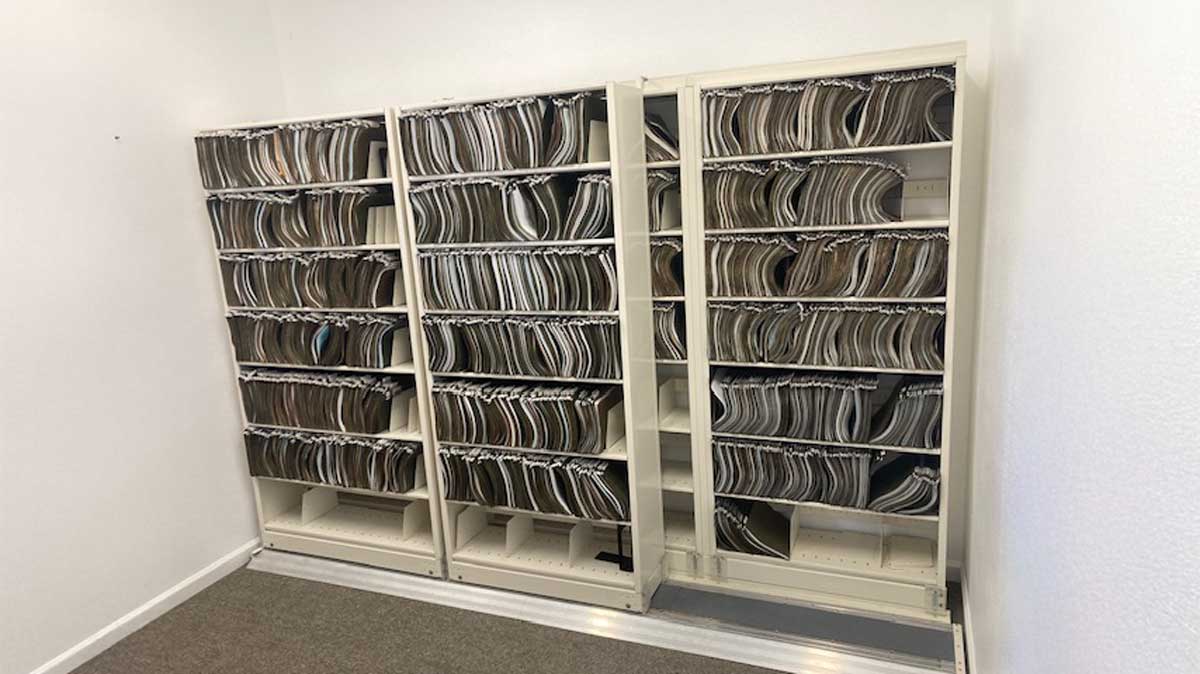
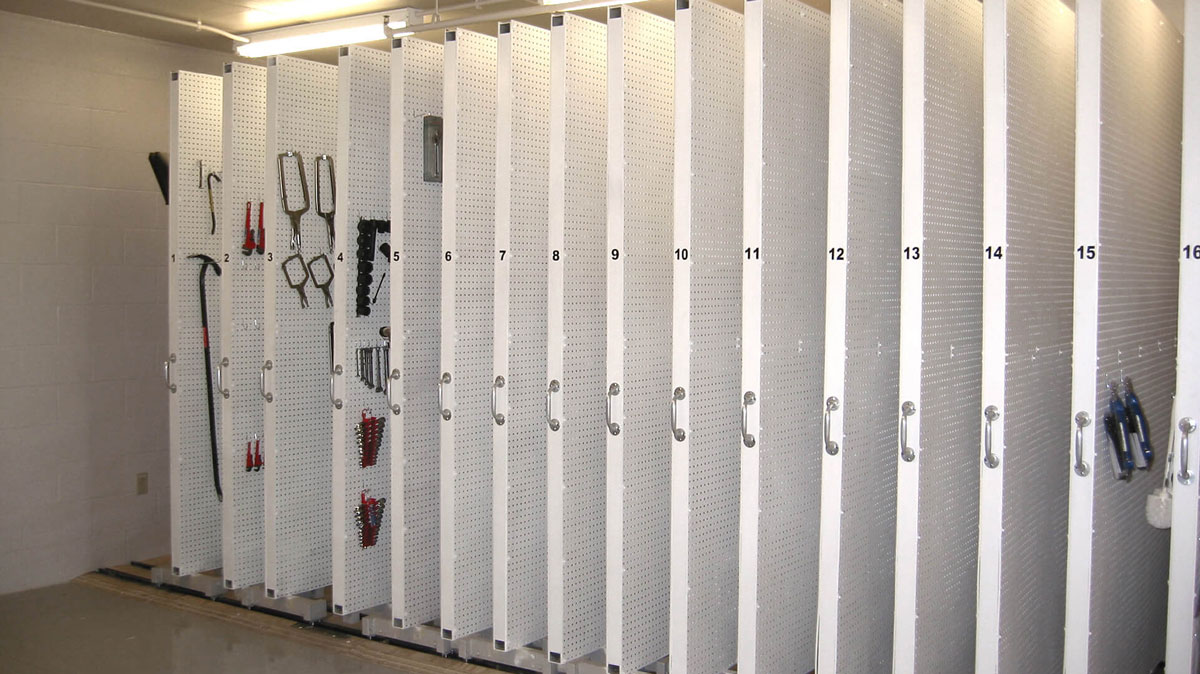
Options for Heavy-Duty Sliding Rack Storage
Consolidate tools, cartons, and archives with a steel sliding rack storage system designed for daily use. The track-and-carriage base converts static rows into a high-density sliding storage rack system that reduces walking and speeds counts.
Features Include:- Industrial carriages for pallet boxes and totes
- Smooth-glide bearings for frequent access
- Modular uprights to re-slot as needs change
- Optional locks and end-panels for secure aisles
Sliding Wire Shelving
Sliding wire shelving pairs ventilated wire decks with a tracked carriage to improve airflow, visibility, and cleanliness. Ideal for healthcare, labs, and retail backrooms, wire decks minimize dust, allow sprinkler penetration, and keep SKUs visible while the carriage system eliminates wasted aisles.
Features Include:
- Open-mesh shelves for airflow & cleanliness
- Adjustable posts for mixed carton heights
- Works as rolling shelves on tracks in narrow rooms
- Compatible with bins, dividers, and label rails
- Optional anti-tip tracks and floor-leveling kits
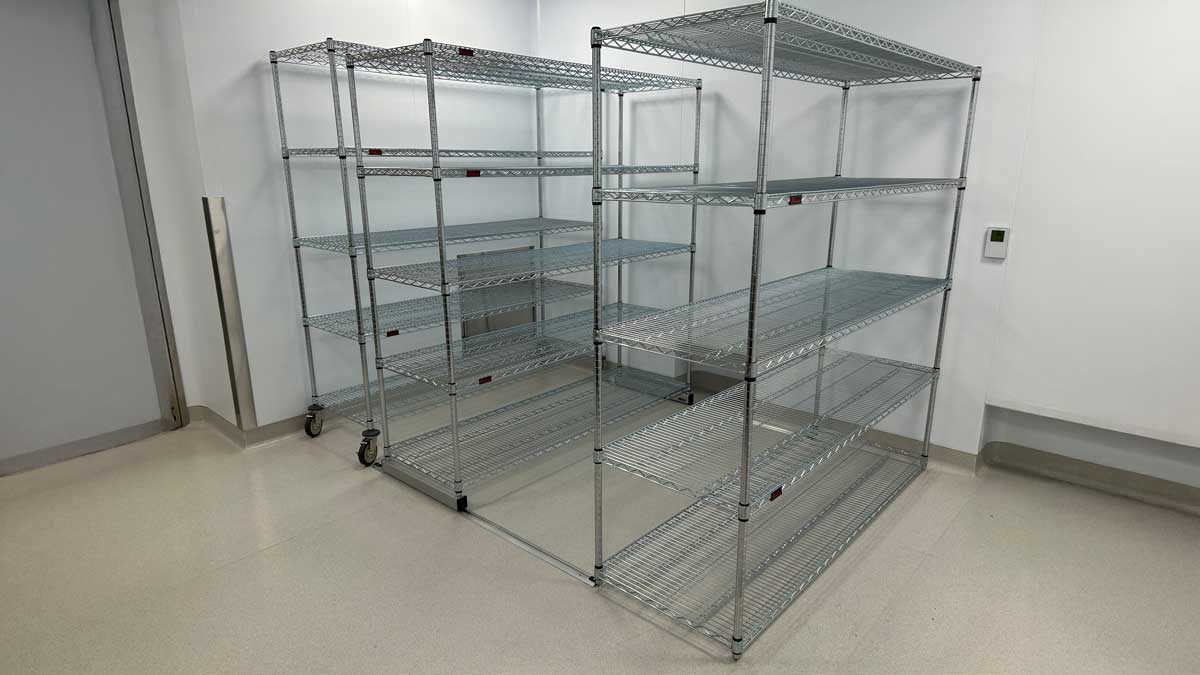
Frequently Asked Questions
Sliding storage shelves, commonly called Bi-File or Tri-File systems, consist of static back rows and sliding front carriages that move side-to-side on tracks. They double or triple storage capacity by eliminating unused aisle space.
Sliding storage shelves are ideal when space depth is limited or when a lighter, furniture-style installation is preferred. They work well in offices and medical settings.
No, sliding storage shelving systems are modular and free-standing, making installation fast and non-invasive.
Yes, the modular design of sliding storage shelves allows easy relocation or reconfiguration without permanent floor fixtures.
Yes. We offer heavy-duty sliding storage shelving options that support tools, parts, and full inventory loads with smooth sliding access.
Absolutely. Many of our sliding storage shelving systems include full-extension glides for clear, unobstructed access.
Sliding storage shelves are excellent for files, binders, apparel, supplies, and small parts bins. Existing cabinets can often be placed directly onto sliding bases.
Yes. We offer retrofit options and new sliding storage shelving systems that blend with current cabinetry.
Sliding storage shelves are available in steel, powder-coated metal, and commercial-grade finishes designed for durability and cleanability.
We do. Our team can help design a tailored sliding storage shelving system that fits your specific space and storage needs.
Sliding storage shelving system units operate manually and do not require electrical power.
Typical lead time is 8–12 weeks, depending on the sliding storage shelves size and finish options.
Honest Results
Southwest Solutions Near You
With 7 offices in Texas, Oklahoma, Kansas and Colorado, plus teams covering every major metro area nationwide, Southwest Solutions Group delivers expert sliding storage shelves sales, design, installation, and maintenance support wherever you need it.
Sliding Storage Shelves Service Areas
Texas
- Austin
- Dallas
- El Paso
- Fort Worth
- Houston
- San Antonio
Oklahoma
- Broken Arrow
- Edmond
- Lawton
- Norman
- Oklahoma City
- Tulsa
Kansas
- Kansas City
- Lawrence
- Olathe
- Overland Park
- Topeka
- Wichita
Colorado
- Aurora
- Colorado Springs
- Denver
- Fort Collins
- Lakewood
- Boulder
Alaska
- Anchorage
- Fairbanks
- Juneau
- Wasilla
- Sitka
- Ketchikan
Arkansas
- Little Rock
- Fayetteville
- Fort Smith
- Springdale
- Jonesboro
- Rogers
Idaho
- Boise
- Meridian
- Nampa
- Caldwell
- Idaho Falls
- Pocatello
Louisiana
- New Orleans
- Baton Rouge
- Shreveport
- Metairie
- Lafayette
- Lake Charles
Missouri
- Kansas City
- St. Louis
- Springfield
- Columbia
- Independence
- Lee's Summit
Montana
- Billings
- Missoula
- Great Falls
- Bozeman
- Butte
- Helena
New Mexico
- Albuquerque
- Las Cruces
- Rio Rancho
- Santa Fe
- Roswell
- Farmington
Washington
- Seattle
- Spokane
- Tacoma
- Vancouver
- Bellevue
- Kent
West Virginia
- Charleston
- Huntington
- Morgantown
- Parkersburg
- Wheeling
- Martinsburg
Wyoming
- Cheyenne
- Casper
- Gillette
- Laramie
- Rock Springs
- Sheridan
Alabama
- Huntsville
- Birmingham
- Montgomery
- Mobile
- Tuscaloosa
- Hoover
Arizona
- Phoenix
- Tucson
- Mesa
- Chandler
- Gilbert
- Glendale
California
- Los Angeles
- San Diego
- San Jose
- San Francisco
- Fresno
- Sacramento
Connecticut
- Bridgeport
- New Haven
- Stamford
- Hartford
- Waterbury
- Norwalk
Delaware
- Wilmington
- Dover
- Newark
- Middletown
- Smyrna
- Milford
Florida
- Jacksonville
- Miami
- Tampa
- Orlando
- St. Petersburg
- Hialeah
Georgia
- Atlanta
- Augusta
- Columbus
- Macon
- Savannah
- Athens
Hawaii
- Honolulu
- East Honolulu
- Hilo
- Pearl City
- Kailua
- Waipahu
Illinois
- Chicago
- Aurora
- Naperville
- Joliet
- Rockford
- Springfield
Indiana
- Indianapolis
- Fort Wayne
- Evansville
- South Bend
- Fishers
- Carmel
Iowa
- Des Moines
- Cedar Rapids
- Davenport
- Sioux City
- Iowa City
- Waterloo
Kentucky
- Louisville
- Lexington
- Bowling Green
- Owensboro
- Covington
- Richmond
Maine
- Portland
- Lewiston
- Bangor
- South Portland
- Auburn
- Biddeford
Maryland
- Baltimore
- Frederick
- Rockville
- Gaithersburg
- Bowie
- Hagerstown
Massachusetts
- Boston
- Worcester
- Springfield
- Cambridge
- Lowell
- Brockton
Michigan
- Detroit
- Grand Rapids
- Warren
- Sterling Heights
- Ann Arbor
- Lansing
Minnesota
- Minneapolis
- St. Paul
- Rochester
- Bloomington
- Duluth
- Brooklyn Park
Mississippi
- Jackson
- Gulfport
- Southaven
- Hattiesburg
- Biloxi
- Olive Branch
Nebraska
- Omaha
- Lincoln
- Bellevue
- Grand Island
- Kearney
- Fremont
Nevada
- Las Vegas
- Henderson
- Reno
- North Las Vegas
- Sparks
- Carson City
New Hampshire
- Manchester
- Nashua
- Concord
- Dover
- Rochester
- Keene
New Jersey
- Newark
- Jersey City
- Paterson
- Elizabeth
- Edison
- Woodbridge
New York
- New York City
- Buffalo
- Rochester
- Yonkers
- Syracuse
- Albany
North Carolina
- Charlotte
- Raleigh
- Greensboro
- Durham
- Winston-Salem
- Fayetteville
North Dakota
- Fargo
- Bismarck
- Grand Forks
- Minot
- West Fargo
- Williston
Ohio
- Columbus
- Cleveland
- Cincinnati
- Toledo
- Akron
- Dayton
Oregon
- Portland
- Salem
- Eugene
- Gresham
- Hillsboro
- Beaverton
Pennsylvania
- Philadelphia
- Pittsburgh
- Allentown
- Reading
- Erie
- Scranton
Rhode Island
- Providence
- Cranston
- Warwick
- Pawtucket
- East Providence
- Woonsocket
South Carolina
- Charleston
- Columbia
- North Charleston
- Mount Pleasant
- Rock Hill
- Greenville
South Dakota
- Sioux Falls
- Rapid City
- Aberdeen
- Brookings
- Watertown
- Mitchell
Tennessee
- Nashville
- Memphis
- Knoxville
- Chattanooga
- Murfreesboro
- Clarksville
Utah
- Salt Lake City
- West Valley City
- West Jordan
- Provo
- St. George
- Orem
Vermont
- Burlington
- South Burlington
- Rutland
- Essex Junction
- Bennington
- Brattleboro
Virginia
- Virginia Beach
- Norfolk
- Chesapeake
- Richmond
- Newport News
- Alexandria
Wisconsin
- Milwaukee
- Madison
- Green Bay
- Kenosha
- Racine
- Appleton
Gallery
Explore Our High Density Storage Options
Streamline Storage With Sliding Shelving Systems
Whether you're furnishing a records room or building an industrial tool storage zone, sliding shelves make the most of limited space.
We'll help you design a system that enhances organization and saves square footage.
Call us at (800) 803-1083 or Contact Us to schedule your free consultation today.
REQUEST A FREE CONSULTATION

